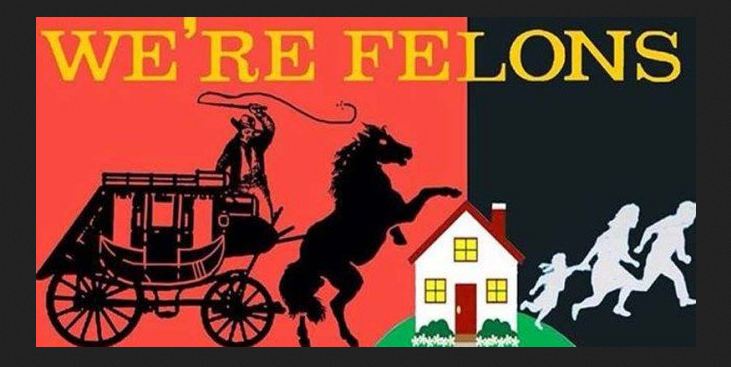 Other than the Wikileaks email offensive against the Clintons, the closest thing Republicans have had to an October surprise in their favor has been the news about rising premiums for those getting health coverage through the Obamacare exchanges.
Other than the Wikileaks email offensive against the Clintons, the closest thing Republicans have had to an October surprise in their favor has been the news about rising premiums for those getting health coverage through the Obamacare exchanges.
The media treatment of these increases has displayed a bias that Trump is not likely to throw a tantrum about: the coverage is all too often skewed in a way that boosts the arguments of the repeal and (maybe) replace crowd. Too many reporters and pundits seem to take it for granted that the insurance companies have good reasons for boosting rates and that their decision to do so is a reflection of flaws in the system.
As a supporter of the single payer model, I do not hesitate to admit that the Rube Goldberg mechanism created by the Affordable Care Act to deal with the uninsured is far from ideal. In fact, one of its main flaws — the central role given to private insurance — is what’s behind the current problem.
Let’s not forget that the ACA was in a sense an attempt to rehabilitate insurance companies such as Aetna and Humana that were among the worst corporate villains of the 1990s and early 2000s, given their ruthless efforts to deny coverage.
The Obama Administration has gone too far in treating the companies as partners rather than adversaries in the implementation of the ACA. Although the insurers ultimately went along with restrictions on their practices — in exchange for being given a captive customer base — they have not changed their stripes entirely.
They are clearly impatient with the ACA’s growing pains and have lost none of their yearning for profit maximization. Whereas in the past the insurers would refuse to pay for specific treatments and would decline to renew the policies of certain subscribers, now they drop out of certain exchanges or they jack up their premiums.
At the same time, the biggest insurers are seeking to exercise greater dominance over the entire system by acquiring their competitors. Those commenting on the rate increases usually fail to mention that Aetna announced plans to acquire Humana, and Anthem proposed to buy Cigna. The two proposed deals, worth a total of about $85 billion, would reduce the number of major for-profit health insurance companies to just three.
Fortunately, the Justice Department announced its opposition to the mergers back in July. Yet there is no reason to believe that the companies have given up. In fact, both the retrenchment in their exchange activity and the premium hikes should be seen as bargaining chips in the battle over the mergers. Anthem, for example, made this pretty clear during an investor call July when it linked an expansion in its involvement in the exchange market to approval of the Cigna deal.
Faced with a choice between giving three companies (UnitedHealthcare being the third) tremendous market power and seeing the big insurers leave the Obamacare exchanges entirely, the company would be better off with the latter — especially if the foolhardy decision to eliminate a public option is finally rectified.
 Most cases of corporate misconduct are forgotten soon after a fine or settlement is announced, but the Wells Fargo phony account scandal seems to have real staying power. The company had to pay $185 million in penalties. CEO John Stumpf was forced to resign and pay back $41 million in compensation after being lacerated in two Congressional hearings. The city of Chicago and the California Treasurer cut some business ties with the bank.
Most cases of corporate misconduct are forgotten soon after a fine or settlement is announced, but the Wells Fargo phony account scandal seems to have real staying power. The company had to pay $185 million in penalties. CEO John Stumpf was forced to resign and pay back $41 million in compensation after being lacerated in two Congressional hearings. The city of Chicago and the California Treasurer cut some business ties with the bank. On those rare occasions when the current presidential race deals with policy rather than personalities, the focus tends to be on trade and immigration. Yet there is a potentially much greater threat to the well-being of U.S. workers that is receiving little attention: the technology revolution.
On those rare occasions when the current presidential race deals with policy rather than personalities, the focus tends to be on trade and immigration. Yet there is a potentially much greater threat to the well-being of U.S. workers that is receiving little attention: the technology revolution.